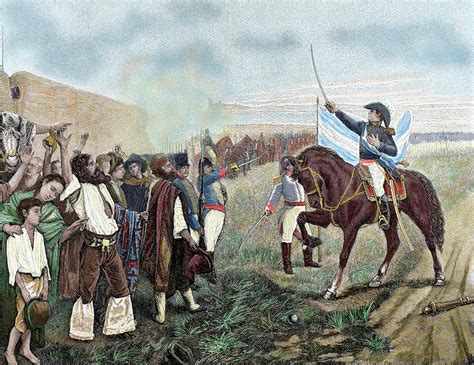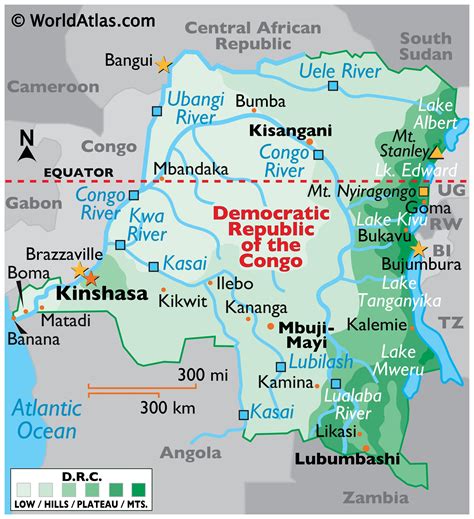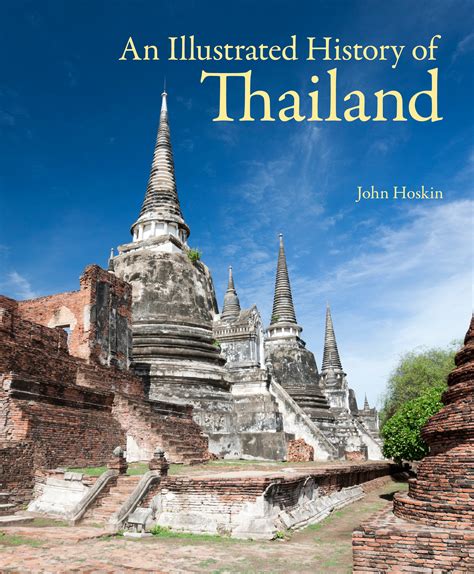Explore the rich history of Bangladesh from the pre-independence era to post-independence developments in this comprehensive blog post. Learn about British colonial rule and the struggle for independence.
Pre-Independence Era
Contents
The Pre-Independence Era of Bangladesh refers to the time before the country gained independence from British colonial rule. During this time, Bangladesh was a part of British India, and the region was under the control and influence of the British Empire. The early history of Bangladesh saw the region being ruled by various dynasties and kingdoms, such as the Maurya and Gupta empires, as well as the Pala and Sena dynasties. These rulers left a lasting impact on the culture, society, and architecture of the region.
Under British rule, Bangladesh experienced significant political, social, and economic changes. The British implemented various policies and administrative reforms, leading to the establishment of a modern bureaucratic system and the introduction of new technologies. The region also saw the rise of nationalist movements and political activism, as the people of Bangladesh began to assert their identity and demand self-governance.
During the Pre-Independence Era, Bangladesh was also deeply affected by the partition of British India in 1947. The partition led to widespread violence, displacement, and loss of life, as millions of people migrated between India and the newly created Pakistan. The resulting political and social upheaval set the stage for the struggle for independence and the eventual formation of Bangladesh as an independent nation.
Overall, the Pre-Independence Era of Bangladesh was a period of significant change, transformation, and upheaval. It laid the foundation for the country’s subsequent struggle for independence and its development as a sovereign nation.
British Colonial Rule
The British Colonial Rule in Bangladesh began in the 18th century when the British East India Company took control of Bengal after the Battle of Plassey in 1757. This marked the start of British rule in the Indian subcontinent, including present-day Bangladesh. The British colonial era in Bangladesh lasted for nearly two centuries, during which the region underwent significant changes in terms of politics, economy, and culture.
The colonial rule in Bangladesh had a profound impact on the socio-economic fabric of the region. The British introduced a system of land taxation, which resulted in the exploitation of local farmers and peasants. Large tracts of land were transferred to British landlords, leading to the impoverishment of the local population. The introduction of cash crops such as jute and indigo further reshaped the agrarian economy of Bangladesh, with the profits largely benefiting the British colonial administration.
In addition to economic exploitation, the British colonial rule also had a significant influence on the political landscape of Bangladesh. The British implemented a system of indirect rule through local intermediaries and established a bureaucratic administration to govern the region. This led to the consolidation of British power and the marginalization of traditional power structures in Bangladesh, contributing to the alienation of the local population from the political process.
Furthermore, the British colonial rule brought about significant cultural changes in Bangladesh. The imposition of Western education and the promotion of English as the medium of instruction led to the erosion of traditional educational systems and the cultural identity of the Bengali people. The British colonial administration also played a role in popularizing Western cultural practices and institutions, which had a lasting impact on the cultural heritage of Bangladesh.
Overall, the British colonial rule had a far-reaching impact on the history and development of Bangladesh. The legacy of colonialism continues to shape the socio-economic and political dynamics of the country, highlighting the enduring influence of this period in shaping the identity of modern Bangladesh.
Struggle for Independence
The Struggle for Independence of Bangladesh began in the early 20th century, as the people of Bengal started to assert their national identity and demand self-governance. The colonial rule of the British had left a deep impact on the social, economic, and political fabric of the region, leading to widespread discontent and calls for independence. The seeds of the struggle were sown during the partition of Bengal in 1905, which sparked a wave of protests and resistance against the British colonial administration. The movement gained momentum in the 1940s, as the demand for an independent state of Pakistan was put forward by the Muslim League.
The political leaders and activists of East Bengal played a crucial role in mobilizing the masses and organizing movements to challenge the oppressive rule of the British and the discriminatory policies of the Pakistani government. The Language Movement of 1952, in response to the imposition of Urdu as the sole official language, was a significant turning point in the struggle for independence, as it galvanized the people of East Bengal to fight for their linguistic and cultural rights.
The mass uprising and civil disobedience reached its peak in the 1970s, as the people of East Pakistan, led by the Awami League and its charismatic leader Sheikh Mujibur Rahman, demanded autonomy and recognition of their distinct identity. The brutal crackdown by the Pakistani military in March 1971, known as Operation Searchlight, marked the beginning of the armed struggle for independence.
The Bangladesh Liberation War was a harrowing period of intense fighting, atrocities, and loss of life, as the freedom fighters, known as Mukti Bahini, waged a valiant struggle against the well-equipped Pakistani forces. The war culminated in the victory of the Bangladeshi forces and the declaration of independence on March 26, 1971.
The Struggle for Independence of Bangladesh is a testament to the resilience, determination, and sacrifices of the people who fought for their rights and freedom. The spirit of the liberation war continues to inspire generations and serves as a reminder of the price paid for the sovereignty and independence of the nation.
Formation of Bangladesh
The Formation of Bangladesh was the result of the struggle for independence from British colonial rule. The roots of this movement can be traced back to the pre-independence era when the people of East Bengal, known as East Pakistan at that time, began to experience discrimination and exploitation at the hands of the West Pakistani government. This led to a growing demand for autonomy and independence in the region.
The struggle for independence reached its peak in 1971 when the people of East Pakistan, led by political and military leaders, declared independence from West Pakistan. This declaration marked the beginning of the formation of Bangladesh as a separate and independent nation. The subsequent nine-month long war of independence, known as the Bangladesh Liberation War, was marked by widespread atrocities and human rights abuses perpetrated by the Pakistani military forces. Despite the overwhelming odds, the people of East Pakistan, with the support of the international community, eventually emerged victorious, and Bangladesh was born as an independent nation on December 16, 1971.
The formation of Bangladesh was a historic moment that marked the culmination of years of struggle and sacrifice. The newly formed nation faced numerous challenges in the post-independence period, including rebuilding the war-torn country, establishing democratic governance, and addressing the needs of millions of refugees and internally displaced persons. However, the spirit of resilience and determination displayed by the people of Bangladesh has been instrumental in shaping the country’s journey towards development and progress.
Post-Independence Developments
After gaining independence in 1971, Bangladesh faced numerous challenges in the post-independence period. The newly formed nation had to rebuild its economy, infrastructure, and institutions that were devastated during the Liberation War. The government had to focus on establishing law and order, providing basic amenities to the people, and restoring peace in the country.
One of the major post-independence developments in Bangladesh was the adoption of a new constitution in 1972. The constitution played a crucial role in shaping the political structure and governance of the country. It laid down the fundamental rights of the citizens, the structure of the government, and the separation of powers among the executive, legislative, and judicial branches.
During the post-independence period, Bangladesh also faced challenges in establishing a strong democratic system. The country witnessed periods of political turmoil, with frequent changes in government and allegations of corruption. The struggle for establishing a stable democratic system continued through the years, with the country witnessing both progress and setbacks.
Economically, Bangladesh made significant strides in the post-independence period. The country focused on agricultural development, industrial growth, and export-oriented strategies to strengthen its economy. It also made efforts to address issues of poverty, education, and healthcare, aiming to improve the living standards of its people.
Overall, the post-independence period of Bangladesh was marked by immense challenges and opportunities. The country worked towards building a strong foundation for its future, addressing various socio-economic and political issues, and striving for progress and development.












